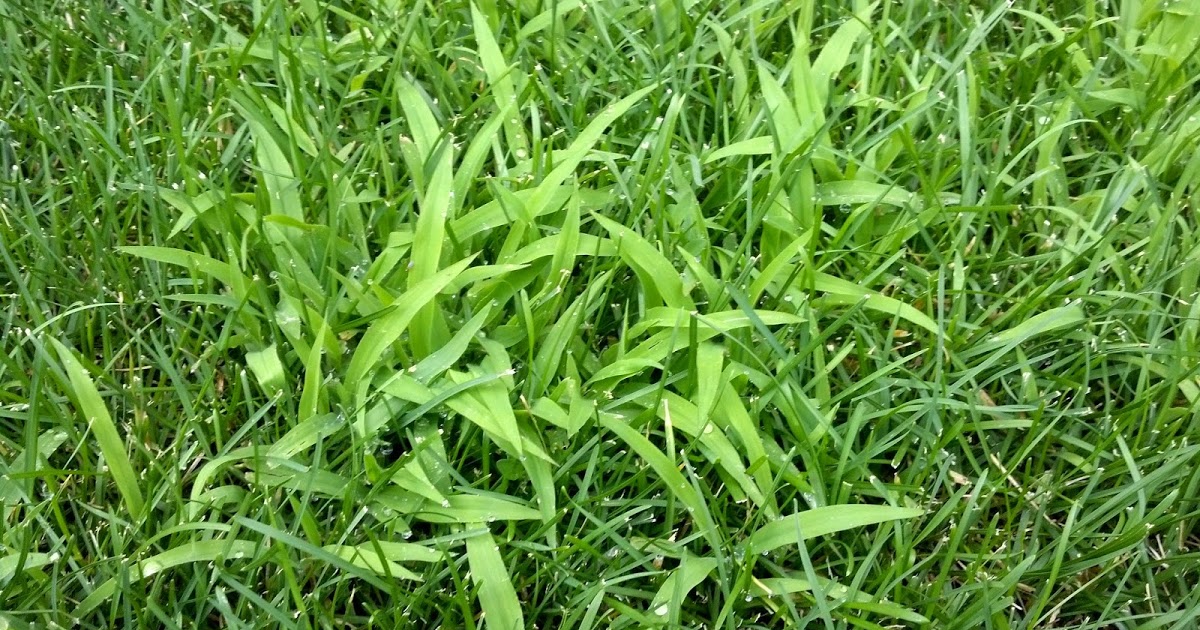Undesirable Grass Control
Creeping bentgrass, quackgrass, barnyardgrass, poa annua, crabgrass, foxtail, etc. are all undesirable grasses that can take over your lawn
Up until 2021, there’s been nothing we can we can do about these grasses because their genetics are so close to good/desirable grasses but now we can help!
For most clients, this will be a barely noticeable maintenance application – similar to our current broadleaf weed control where an ugly weed here and there turns brown. But also similar to our broadleaf control, if your lawn is infested with weeds (grassy or broadleaf) there could be dramatic results: your lawn might look worse before it gets better.
Similar to buying a house or planting a tree; the best time to do this treatment was 30 years ago. The second best time to do this treatment is right now. These grasses will spread continually and be worse next year than they are this. We highly recommend “ripping off the band-aid” to start the healing process. Don’t let it fester and spread. Don’t slowly chip away at it; bad grass spreads so fast that by the time you’ve plucked your entire lawn, the infestation where you started will be worse than ever.
We use a generic form of a product called Tenacity. Tenacity just came off of patent so it’s affordability has increased dramatically. It does not damage Kentucky Bluegrass, fine fescue, chewing fescue, or other desirable cool season grasses. The very unique part of this product is that it first turns the bad grasses and broadleaf weeds white. This happens because the products stops the photosynthesis process in the bad plants. Without the chlorophyll from the photosynthesis process which has a green pigment, the plants turn white.
After the first season of controlling your undesirable grass, each following year will be a maintenance program with a few blades of dead grass here and there where new bad grass has tried to start.
Below are images of this treatment controlling a BAD INFESTATION – Not a typical lawn
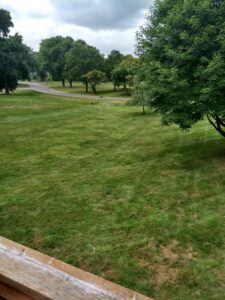
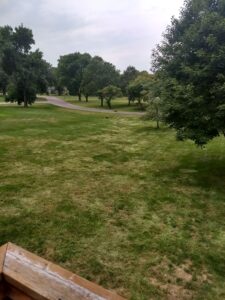
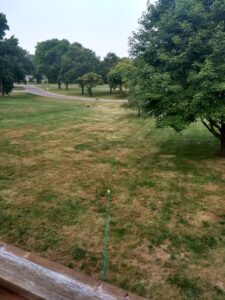
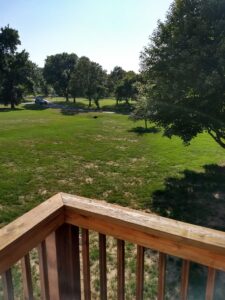
Common Undesirable Grasses That ProLawns Can Control
Creeping Bentgrass is an undesirable weedy grass that invasively spreads every year, taking over your lawn, suffocating and killing off your good grass. It is the last patch to green up in the spring and the first to go brown in the fall. It has a very weak root system, not being able to stand up to foot traffic, heat or drought. At it’s health peak, it is a very pale/lime green color.
Creeping bentgrass is what’s used for golf greens. It thrives there with non-natural temperature control, nightly irrigation, and bi-weekly fungicide and fertilizer treatments.
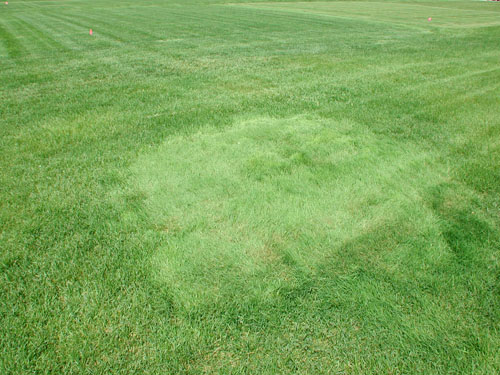
Quackgrass & Barnyardgrass are both somewhat similar in appearance and behavior. They have large flat blades that appear light green in color, standing out from the rest of your lawn. Not only that, but these grasses grow much faster than the good grass in your lawn. The thick blades stand much taller with their light green appearance; not very attractive. These grasses can be distinguished from Crabgrass and Foxtail with their upward growth in their adult stages while Crabgrass and Foxtail grow more horizontally.
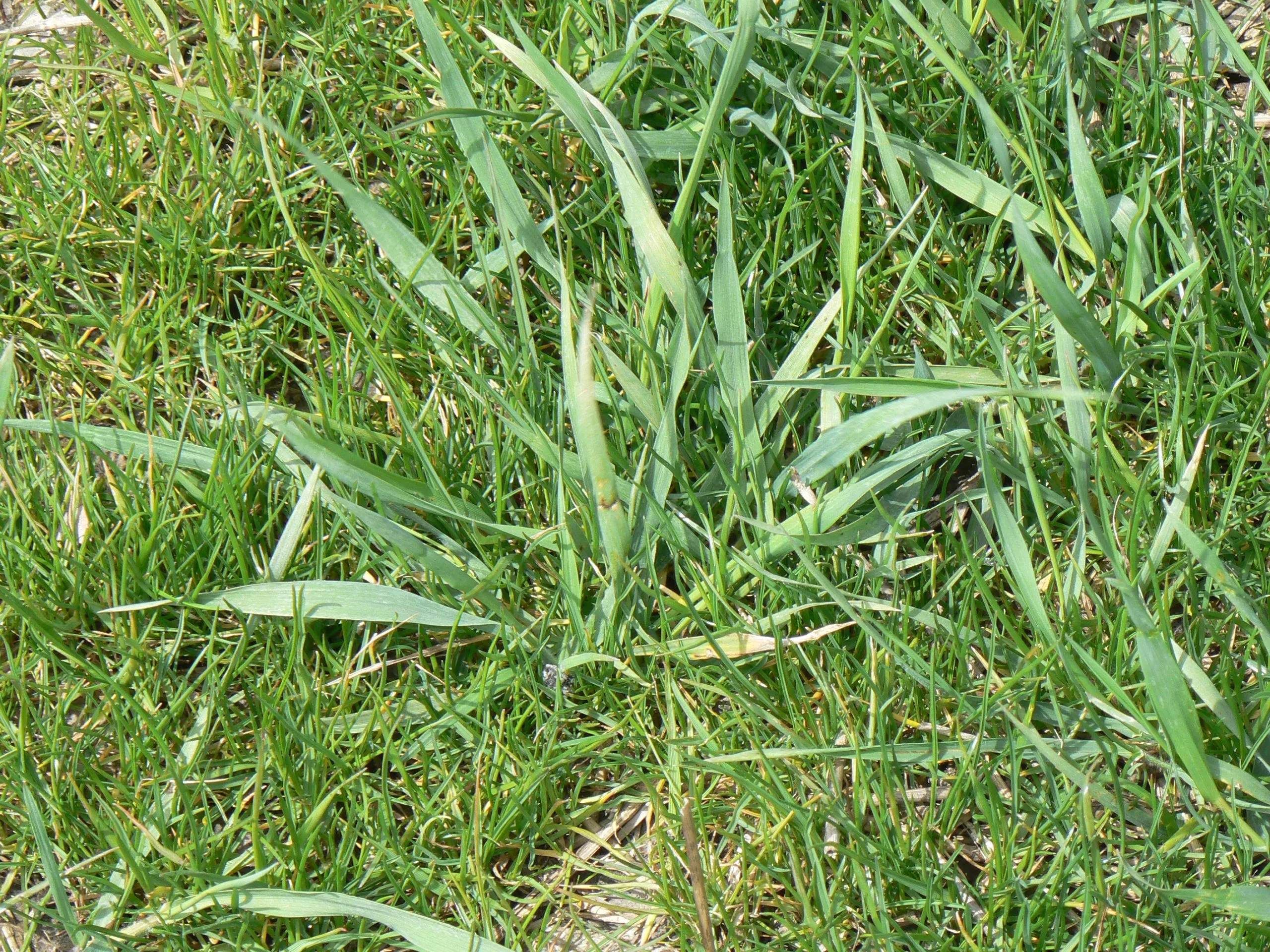
Poa Annua is a very short lived grass. It germinates very quickly and almost immediately goes to seed. Its adult state very much resembles a weed – light green seed heads instead of thin dark green blades of grass. Because of it’s rapid germination, many contractors and hydro-seeders use this seed to repair lawns after performing utility work. We wish they wouldn’t. Once it’s gone to seed, it drops and spreads those seeds which will appear as more Poa Annua next season which will drop and spread seed.
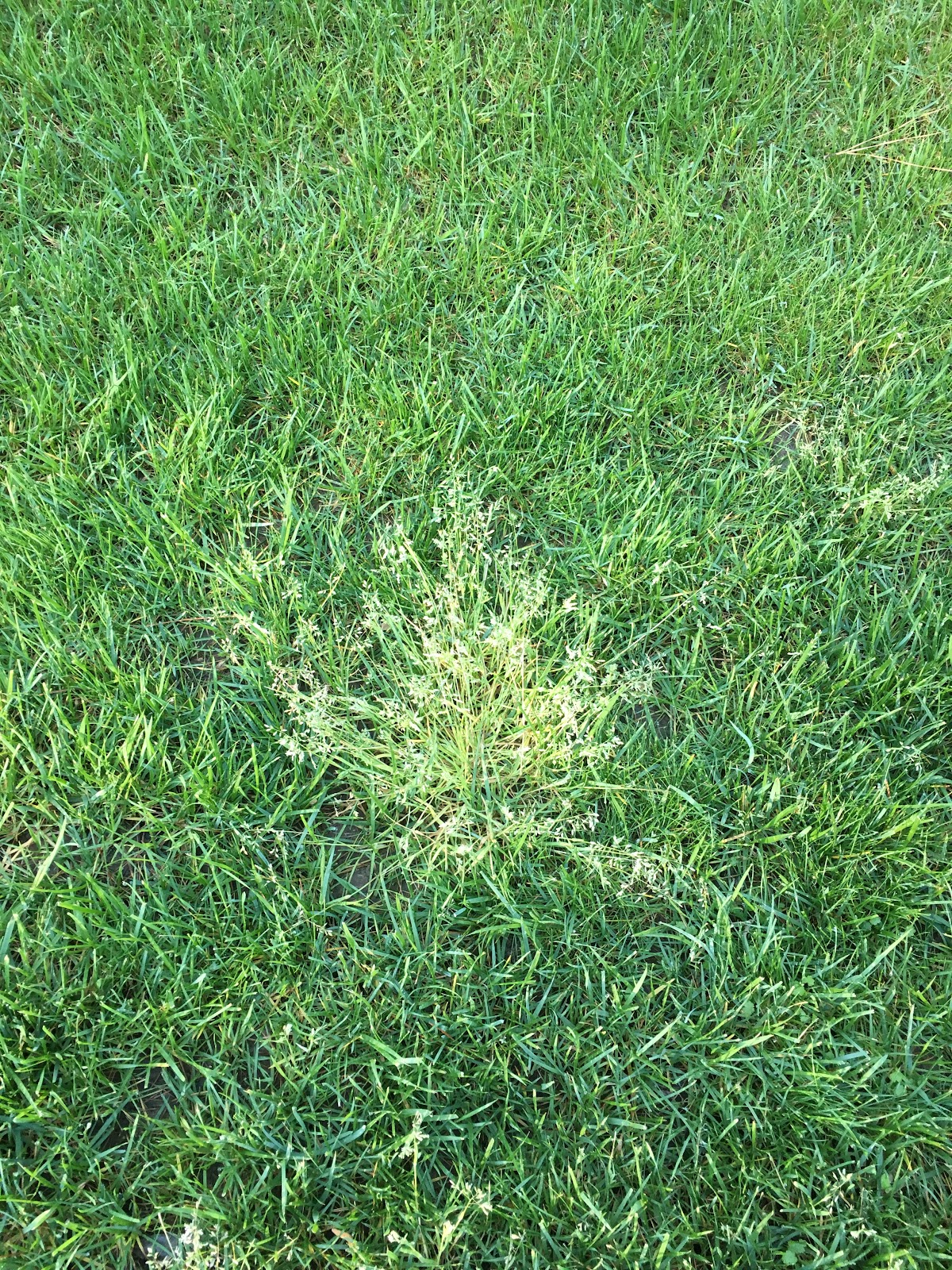
Crabgrass and Foxtail are similar to each other. They are annual grasses that start from seed each year (good grasses are perennial, living indefinitely and simply going dormant each winter). Crabgrass and Foxtail have thick, light colored grass blades. They initially grow vertically for a few inches then lie down and grow horizontally, exposing thick red stems (like crab legs). Foxtail’s differentiators are the cattail-like seed heads.
